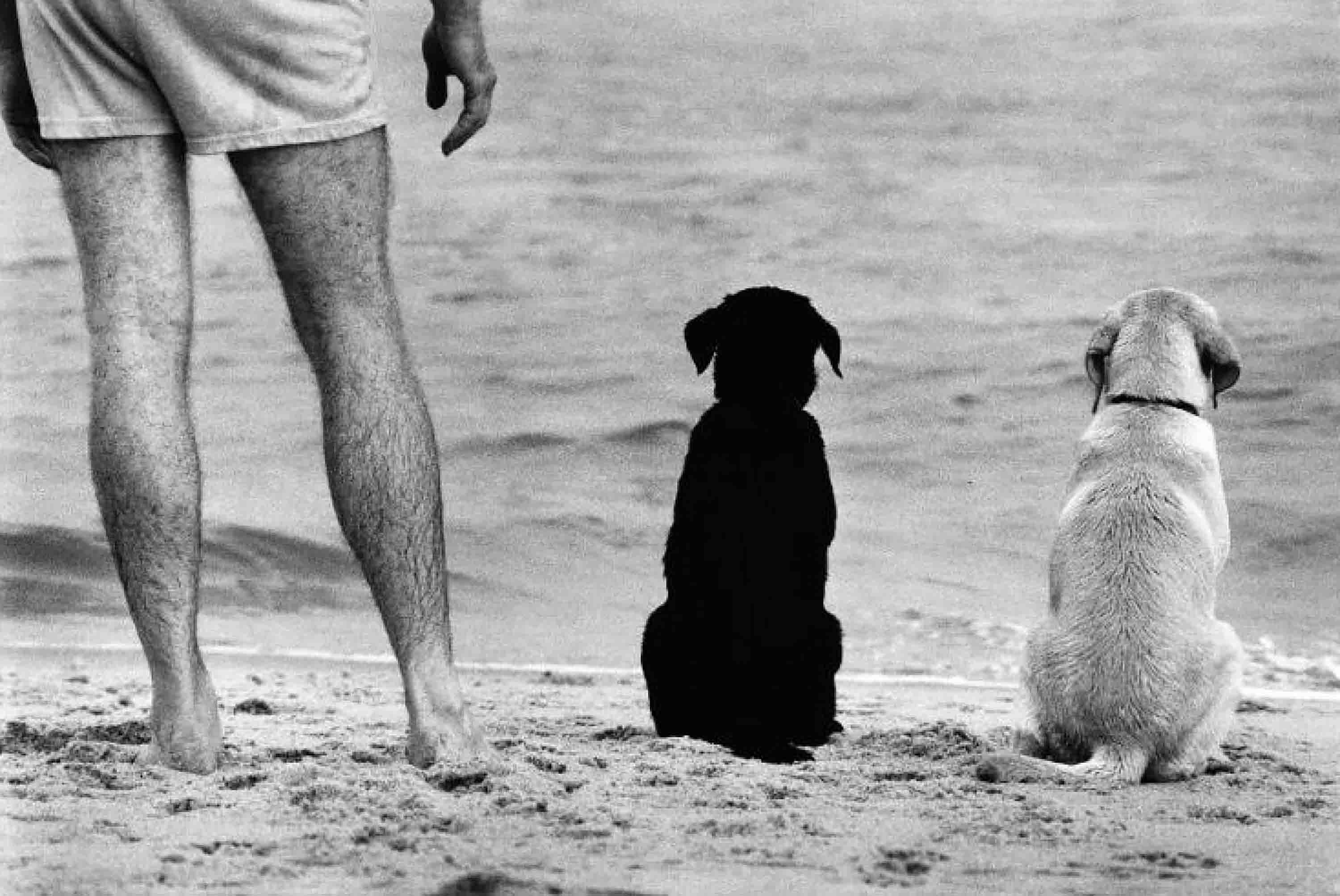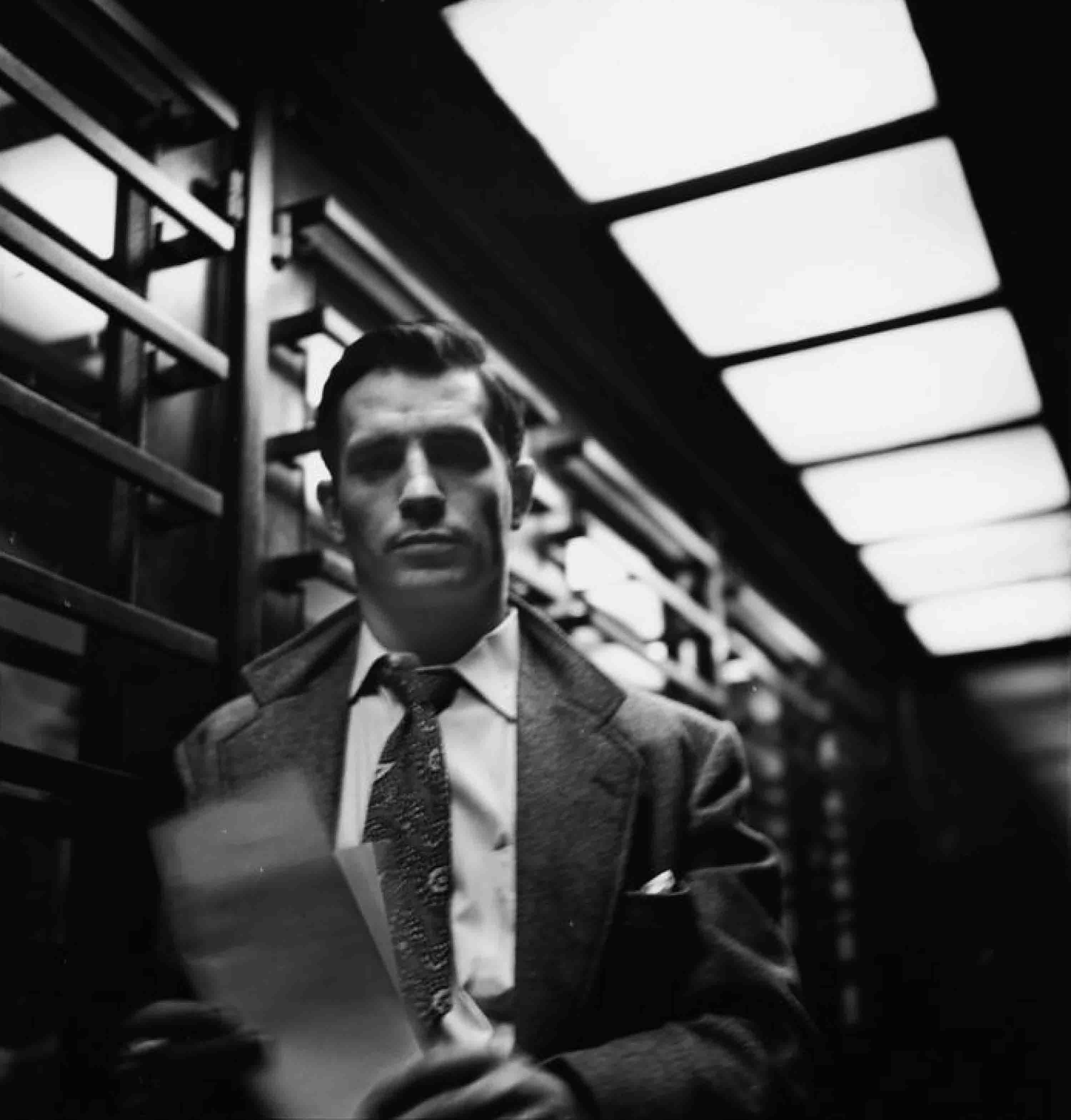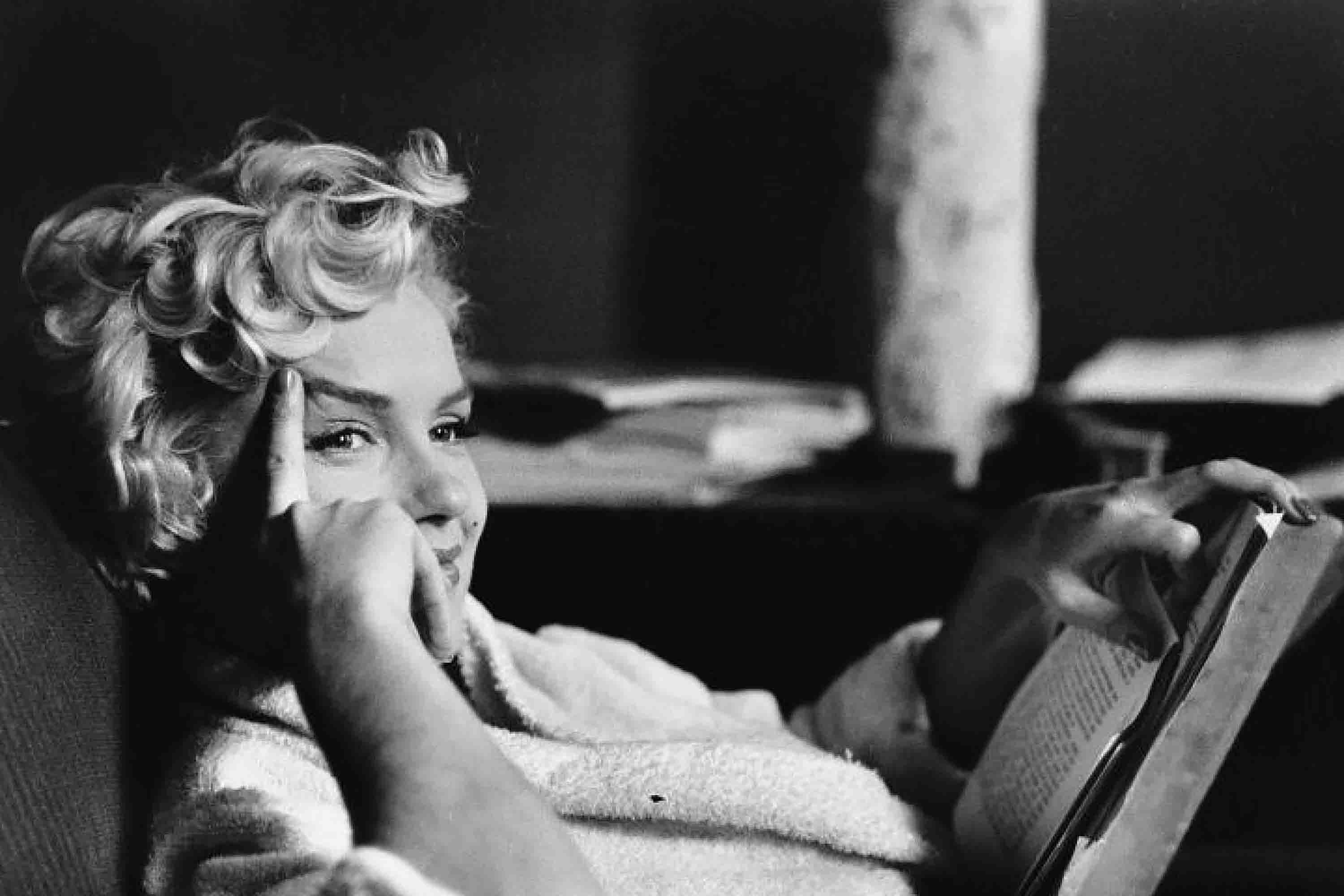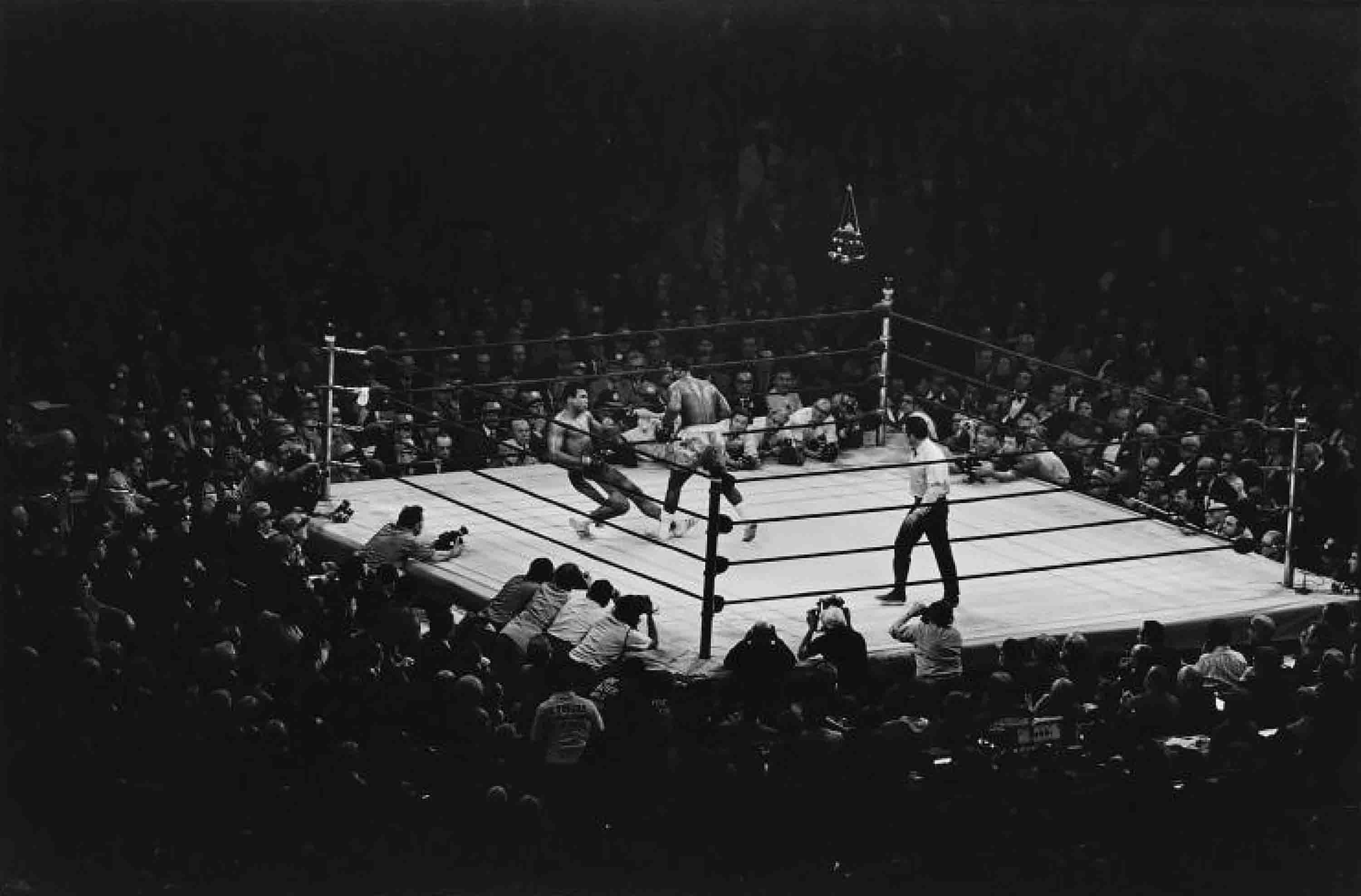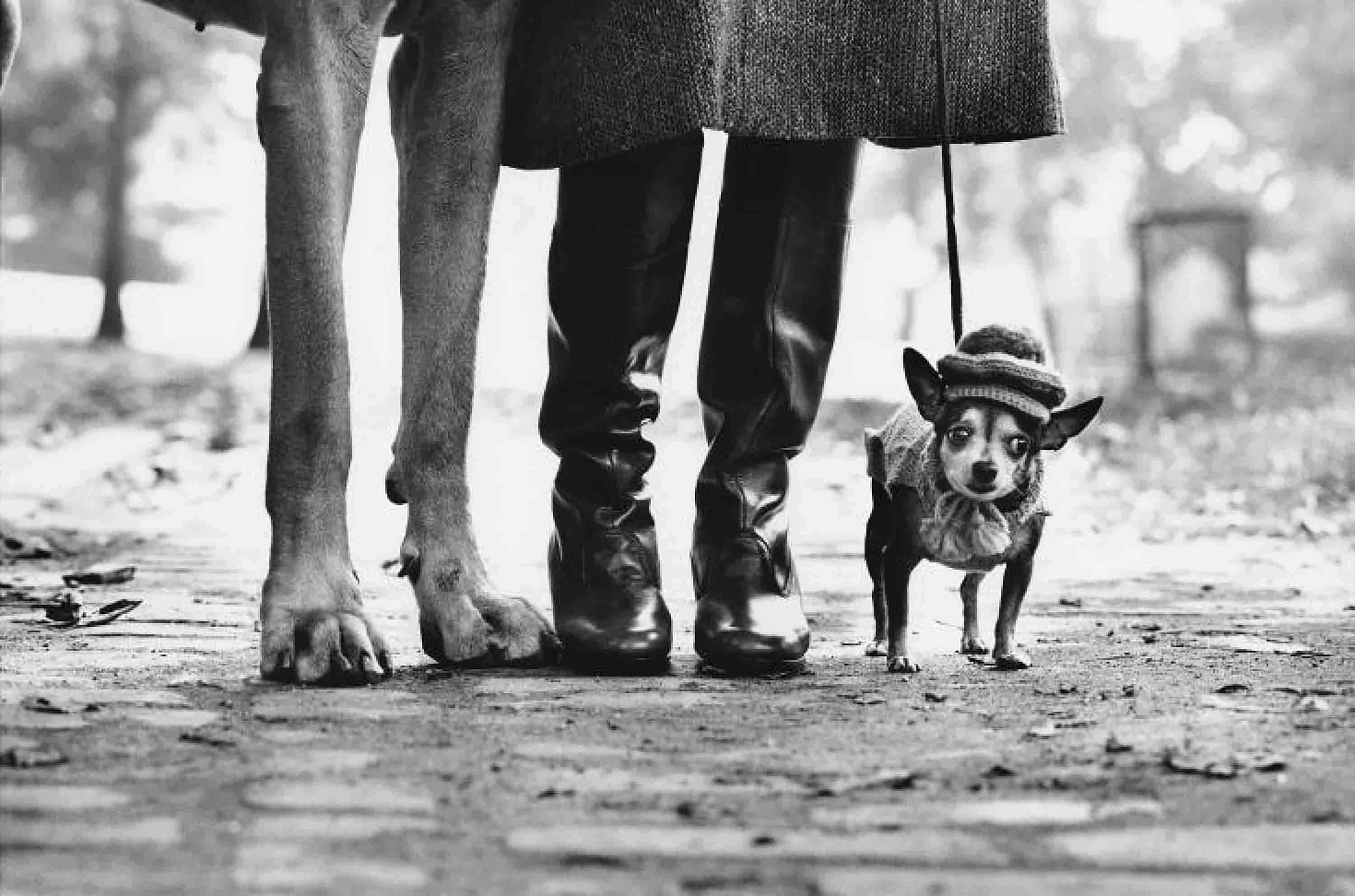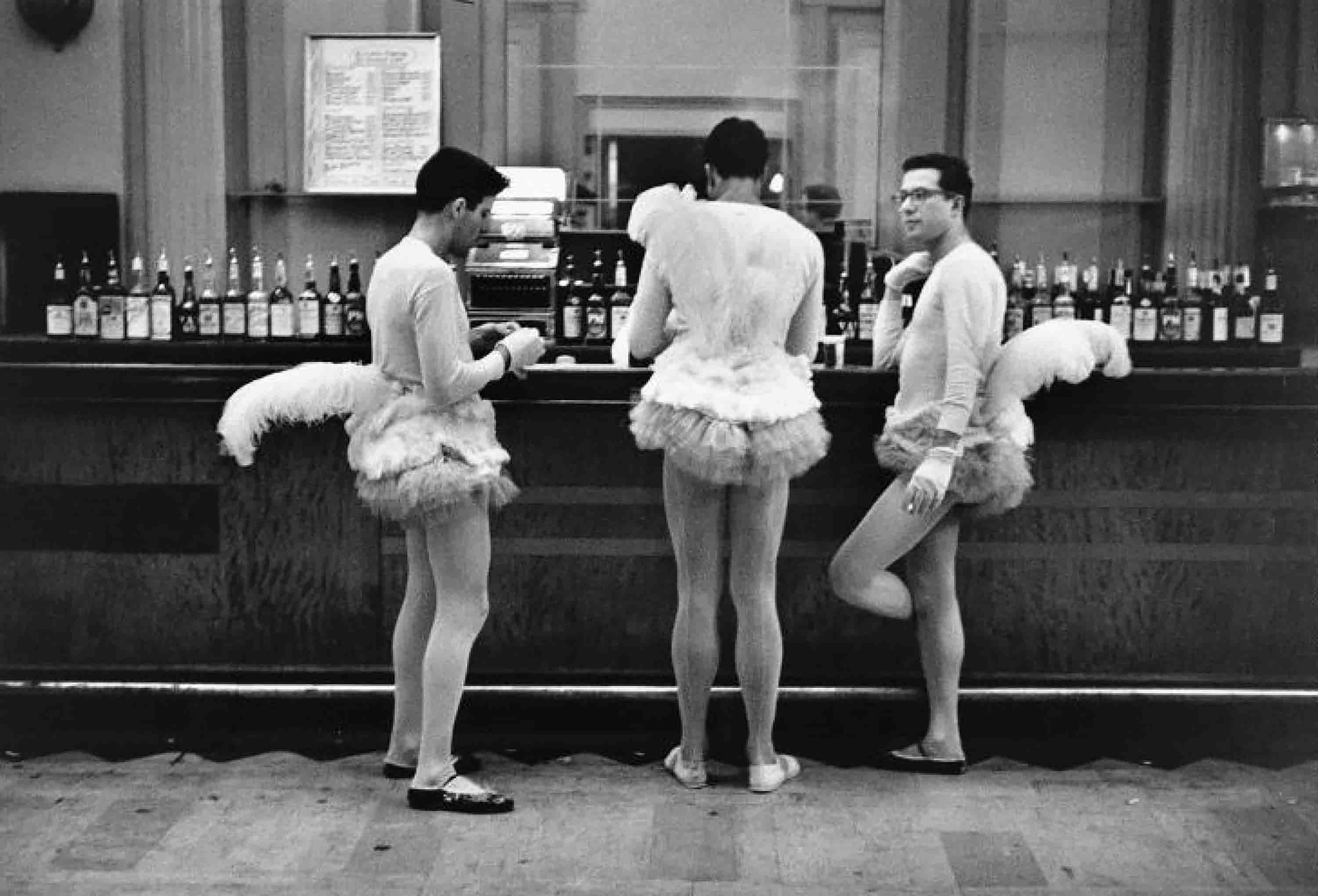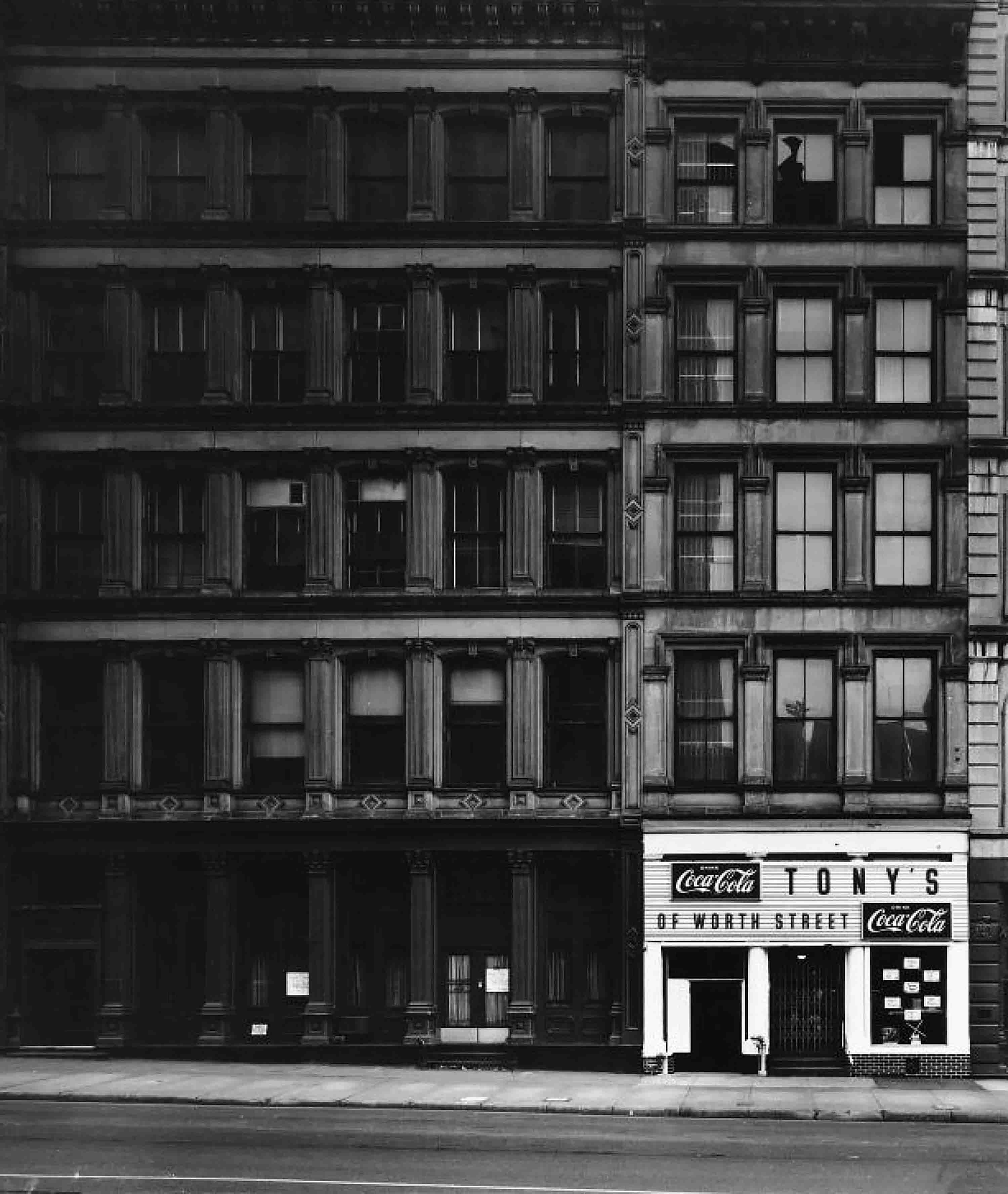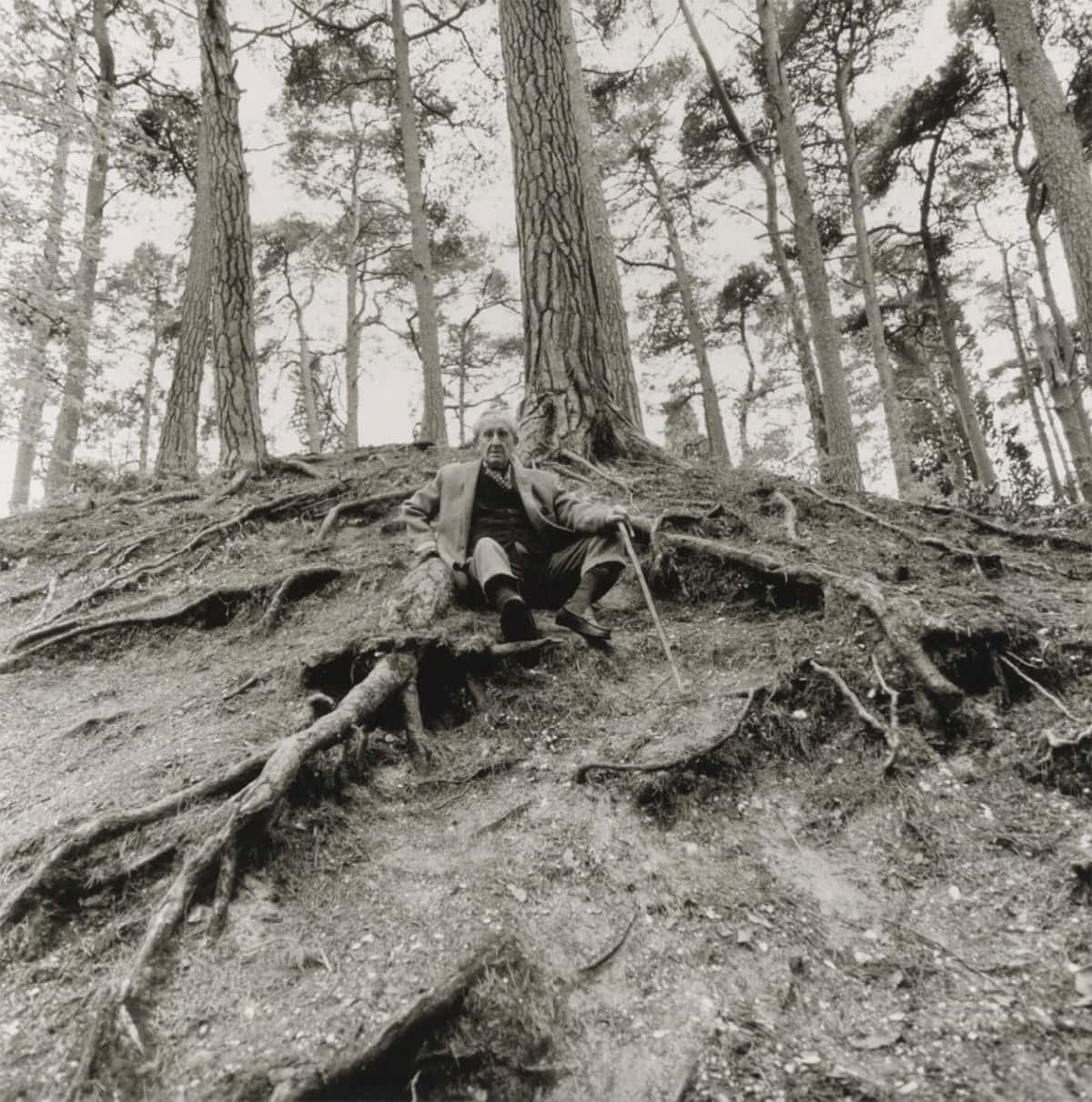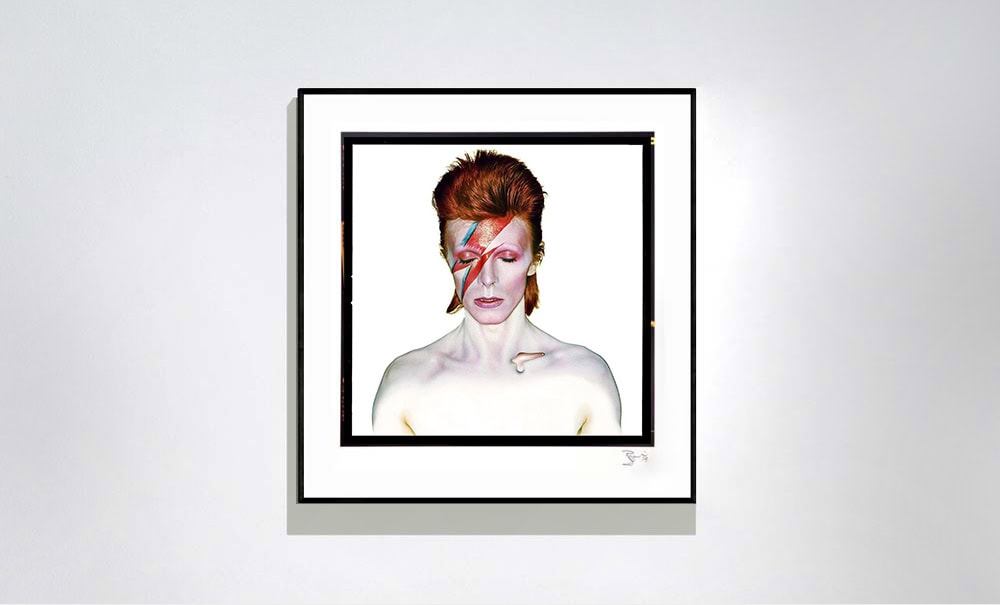Seeing and Being Seen: Elliott Erwitt’s Museum Watching

08th February 2022
Elliott Erwitt admits he is a ‘dedicated people watcher who loves to see art and art watchers watching.’ A number of his works focus on precisely this subject – museum visitors looking at art – which were published into a photobook, Museum Watching, in 1999.
This collection of works, taken in museums and galleries around the world is a fascinating study of the act of looking which is then replicated through the photographer’s gaze. The images point to visitors’ behaviours: their interactions with the works of art, with each other and with the space of the museum.
Carol Duncan explored similar notions in her essay ‘The Art Museum as Ritual,’ in which she equated the experience of visiting a museum space with religious ceremonies, in that they both subscribe to elements of ritual behaviour. Duncan first points to the physical space of the museum; not only does the architecture and scale of museums and galleries often replicate temple-like spaces, but they are designed as spaces which take visitors on a prescribed route, whether laid out chronologically or thematically. Duncan compares this experience with religious processions. Erwitt’s Metropolitan Museum of Art, New York (1949), illustrates this point. The viewer follows the trajectory of Diana’s bow as it aims at a lone visitor who passes through an enfilade of rooms.

As with other rituals, Duncan notes that touring a museum requires a performativity of the visitor. Not only does the space enact certain codes of behaviour, but there are also regulations to follow. New York City (1963), shows two men dressed identically in dark suits and glasses, who Erwitt mirrors in the two monochrome canvases with which the visitors are engaged. The figures remain a respectful distance from the artworks that hang on the wall, stopping to consider each one; Erwitt’s depiction highlights their posed performance of connoiseurship.
Rituals and religious ceromonies often focus on a singular relic or icon of worship which become the centre of the ritual experience. Duncan suggests that through the modes of display, and by the very fact of the object been included in a museum’s inventory, works of art take on a similar exalted position. These objects become defined by their display in this transformative space and are imbued with a special ‘aura’ that this attention facilitates. Erwitt humorously points to this in Versailles, France (1975). Three figures, a young girl and two men, focus their attention on an empty frame, with a small plaque that explains that the work has been removed from display. By nature of the plaque being placed within the frame on the wall, it is given the same due consideration as the painting that once hung in its place, while the figure in the painting to the left looks on at the visitors with a bemused expression.
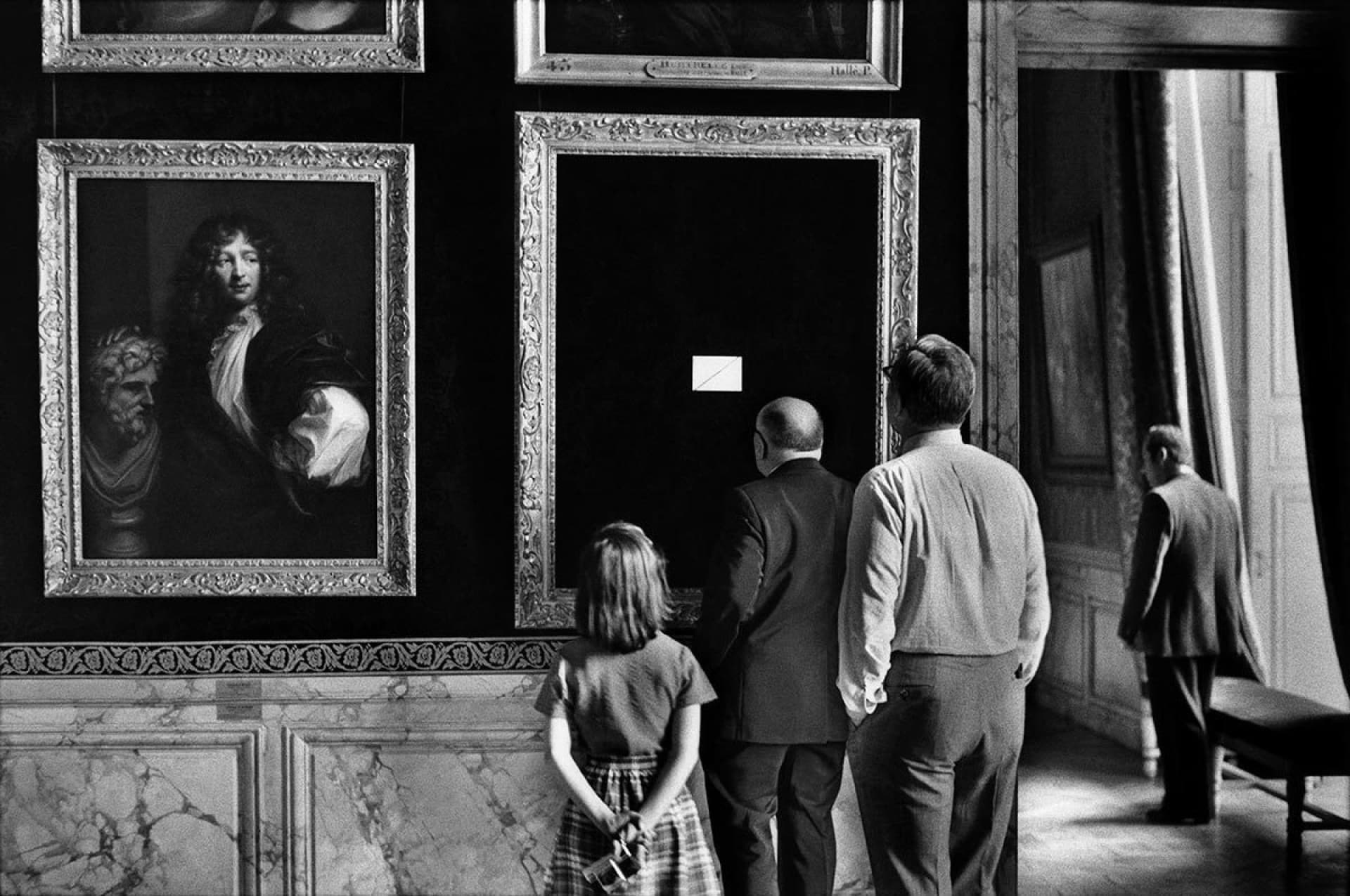
Central to Duncan’s argument was the notion that museums and galleries are liminal spaces. That is that they exist within a different time and space from the vernacular and transport their visitors beyond the everyday in offering a transformative experience. Duncan cites the feeling of cultural and educational enrichment that can come from visiting a museum as this transformation. The conception of the museum as liminal space is reinforced through its architecture and its adherence to and amplification of ritualised behaviour. As such, Duncan points to the superficiality of this construct. Erwitt’s photographs of museum visitors reflect this liminality, yet, through his characteristic humour, he also seeks to show its subjectivity to the viewer and in doing so subvert the transformative, exalted experience on which the liminal space relies.
FeaturedElliott Erwitt

FeaturedElliott Erwitt
The ArtistKnown for his satirical humour and sharp wit, Elliott Erwitt (born 1928) rose to fame after he was invited to join Magnum Photos by founding member Robert Capa in the 1950s. He has since become one of the world’s most successful and influential photographers, having produced over twenty retrospective photography books and been honoured by numerous solo shows at establishments such as the Smithsonian, the Museum of Modern Art and the Art Institute of Chicago.
Artist Page